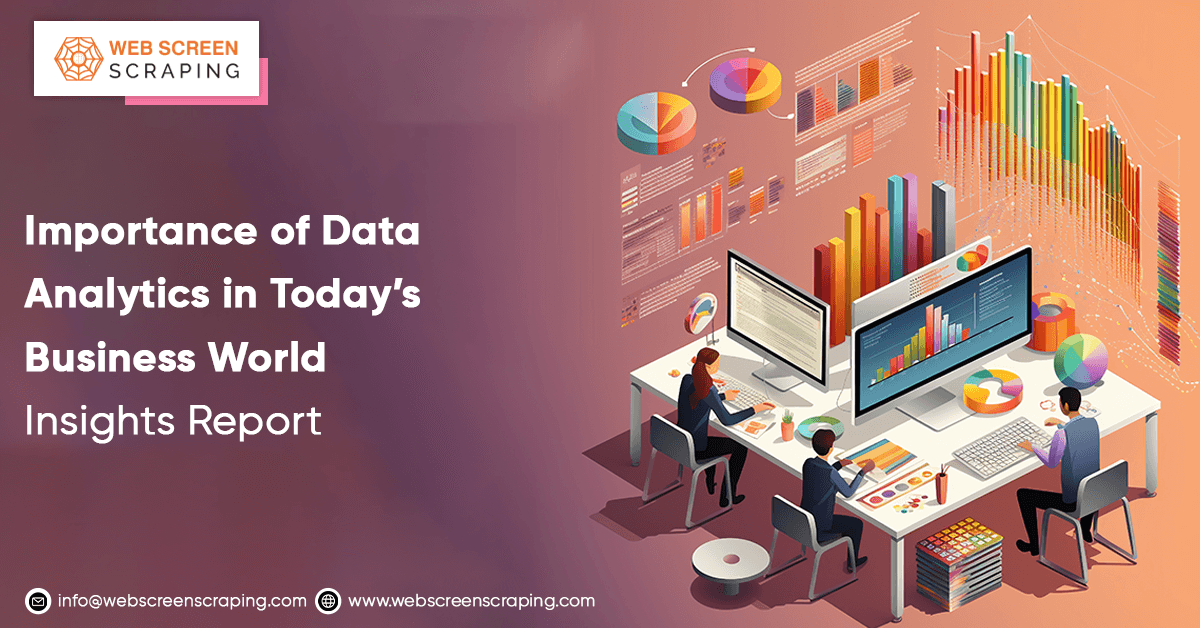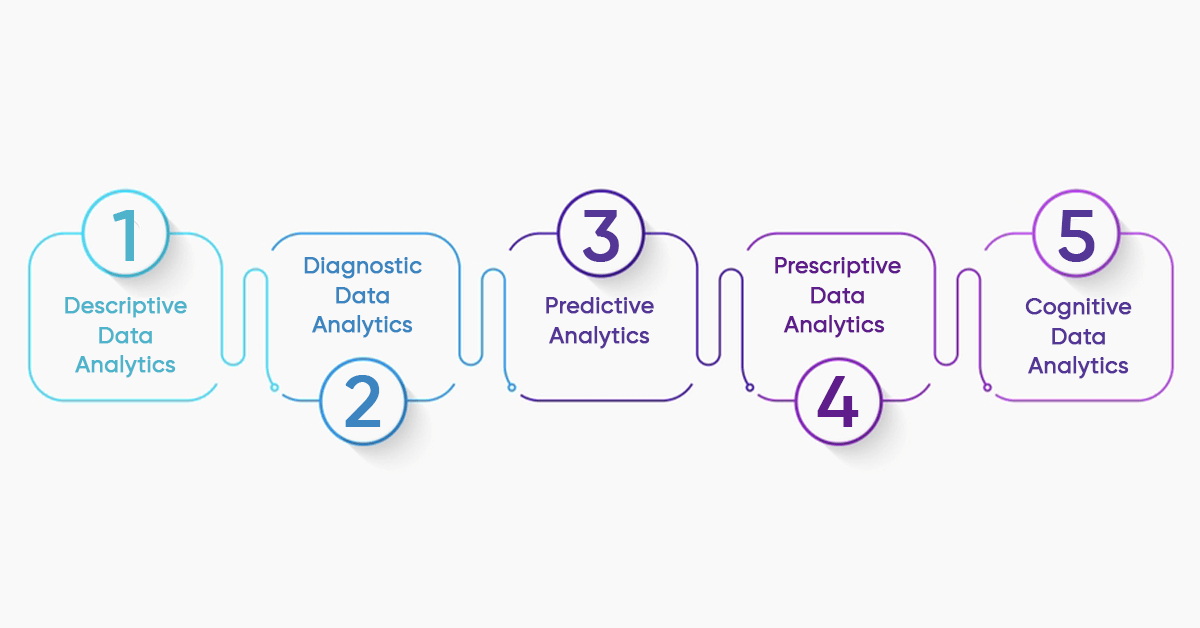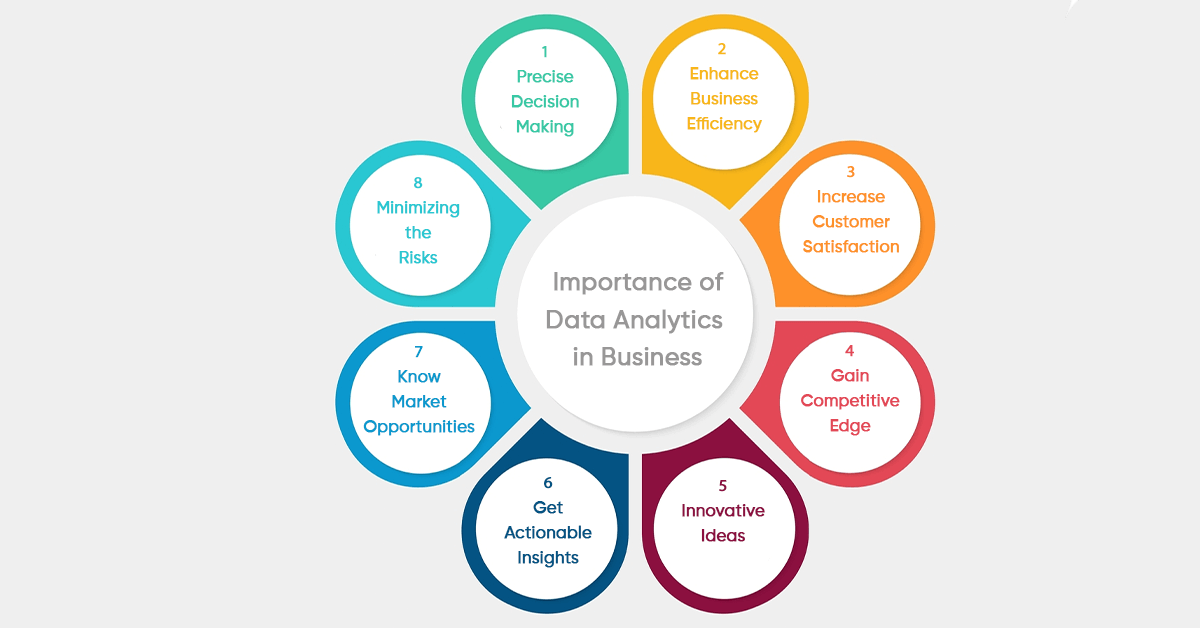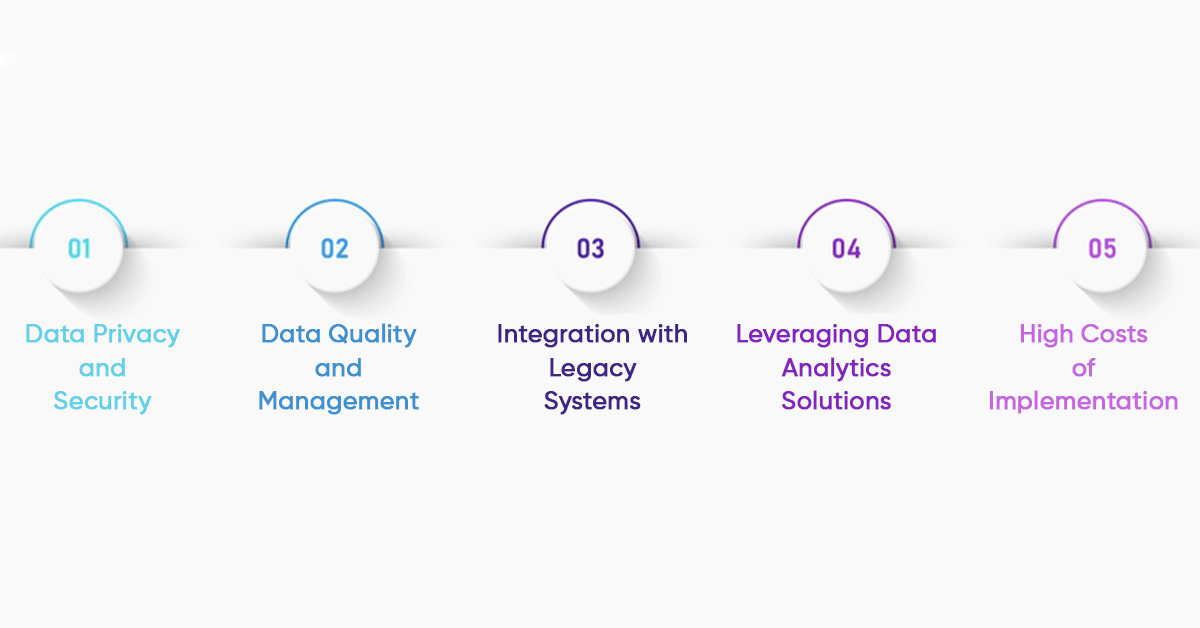
Data analysis is essential in today’s business environment, where everything moves so fast. According to the report, the global data analytics market size will exceed USD 393.35 billion by the year 2032. The growth is projected at a CAGR of more than 28% from 2023 to 2032.
Data analytics assists companies in decision-making, strategy formulation, and, most importantly determining market competition. Many organizations generate significant volumes of data daily from the customers they serve, social media, and society in general. This data is crucial because it allows organizations to make the right decisions, and this makes them unique from the rest of the firms.
What is Data Analytics?
Data analytics is the evaluation and interpretation of data available to an organization or an individual to identify what such data reveals or meaning that can benefit the organization or the individual. It is a process of getting some basic information that in its primary form, may not be very useful and turning it into a useful form. It usually entails categorizing the data, washing it to eliminate errors, and processing the data using statistical or numerical techniques and graphical or report representation.
The objective of using analytics is to provide a framework that will assist companies in comprehending what happens in their operations and the underlying causes that lead to specific levels of performance, thus informing decisions. In combination, all these approaches provide the business with a way to counter change and adapt its strategies for the best in the industry.
Types Of Data Analytics for Unique Business Needs

Data analytics is very effective in organizations since it assists the business organization in arriving at the right decision depending on patterns, trend, and data analysis. All the types of analytics are useful in a business organization depending on the kind of analysis that is required. Depending on a company's unique needs, there are four primary types of data analytics:
Descriptive Data Analytics
Descriptive analytics probes history and provides answers using data aggregation and mining methods. These reports are helpful in gaining key data insights related to production, financial performance, business operations, overall sales, and more.
Diagnostic Data Analytics
Businesses can utilize this data analysis method to identify pain areas and business opportunities. This analysis can be performed after the descriptive analytics to understand why certain things happened in the business.
Predictive Analytics
Businesses use predictive analytics to forecast and predict the future possibilities for certain business areas, such as sales. This analytics also assists businesses in making predictions about what consumers will like to buy in combination, predicting inventory levels, helping in sentiment analysis, and more.
Prescriptive Data Analytics
Prescriptive analysis uses optimization and simulation algorithms to provide useful advice on business outcomes. Businesses can find answers to why certain things happen, what the possibilities are of happening again, and what they should do next. This analysis helps companies to augment production and inventory to ensure the accurate product delivery whenever required. Businesses can enhance their customer experience, make better planning and align perfectly with the on-going market trends.
Cognitive Data Analytics
The cognitive data analysis method can interpret tricky datasets or reveal patterns. Businesses can identify answers related to types of risks during investments or how data can be used to make perfect decisions.
Importance of Data Analytics in Business

Advanced data analytics is an essential tool in the modern business world as it provides useful information to organizations, enabling them to have a competitive advantage. It helps businesses to boost internal and external operations. Let’s understand how:
Precise Decision Making
Data analytics help businesses visualize and analyze data using various means. Knowing market trends, customer demands, and buying patterns helps make accurate future predictions, make data-driven decisions, and find new opportunities.
Enhance Business Efficiency
Data analytics can heighten business operations by finding gaps in business processes. Data analysis related to production, inventory, supply chain, and more can reveal new business opportunities, restructure processes, and enhance profit.
Increase Customer Satisfaction
Efficient data analytics solutions help businesses understand customer requirements, preferences, and buying behavior. With the analyzed data, companies can create targeted ad campaigns, enhance services, and provide better products to enhance the customer's happiness.
Gain Competitive Edge
In the competitive era, making the right decisions at the right time is crucial to stay ahead. With data analytics, companies can find the latest market trends, upcoming product demands, popularity of products or services, and more. With proper analysis of key data, companies can make on-time decisions to outclass the market competitors.
Innovative Ideas
Data analytics also helps find new market penetration opportunities and areas in which to grow the business. Data analysis results deliver key information related to popular trends, gaps in the market, customer demands, and more. With these data results, companies can develop new products or deliver services to meet the market and customer needs.
Get Actionable Insights
Analyzing the gathered data delivers key actionable insights to the business. These insights assist businesses in revealing patterns, relations, market trends and changes, and more to make data-driven decisions, improve operations, and uncover opportunities.
Know Market Opportunities
Results derived from data analysis work as a guiding light for businesses to encounter new market opportunities. Analysis of market trends, competitor strategies, and customer data makes it possible to identify market breaks, do effective marketing, and deliver great products or services. By knowing the market opportunities, companies can make significant growth.
Minimizing the Risks
In the competitive business world, it is important to minimize risk. Analyzing historical data helps to determine and lower risks. Businesses can assess risks and mitigate issues such as fraud, obstacles in supply chains, technical threats, and more.
How Businesses Can Apply Data Analytics Efficiently?
Applying effective data analytics requires specific steps. Let’s examine how companies can incorporate effective data analytics.
Recognize Business Goals
Every business needs to know its goals before applying data analytics. Identifying the goals will help determine what data needs to be collected for the analysis.
Data Collection
Once the goals are defined, businesses can collect relevant data from the targeted sources. These data can relate to customer patterns, web data analytics, social media promotions, and more.
Data Analysis
Companies can start data analysis using various methods as soon as the data collection is complete. This assist in informed decision making process by analyzing the large volume of data efficiently.
Make the Changes
With the data analysis results and insights gained from data, businesses can apply the required changes in business processes, marketing methods, products, and services to enhance customer satisfaction and gain maximum profit.
How Businesses Can Improve the Data Analytics Process?
Businesses can stay ahead of the competition by leveraging modern technologies and techniques.
Adopt AI and ML Technologies
In today’s advanced technology world, AI and ML are becoming important parts of various business operations. The combination of Data analytics and AI and ML helps businesses assess the collected data accurately and quickly. These technologies also help automate the analysis process, reveal patterns, and make precise predictions from historical data.
Use Real-Time Data Analytics
Businesses can analyze data generated from various sources with real-time data analytics techniques. This process delivers on-the-spot data insights to make quick business decisions.
Data Visualization
Data visualization showcases the gathered data in interactive and visual formats that are easily understandable. Using varied data charts, graphs, and other patterns, stakeholders can make important business decisions.
Data Governance
Following state and local guidelines on how data should be used, in terms of entering, accessing or analyzing data, and make sure that each employee subscribes to these rules. It should be establish what quality, relevancy and accuracy the data being stored holds to do an analysis that will show whether or not they are still useful at any given time.
Data Security and Privacy
Secure your data to avoid data loss by implementing encryption, personnel access restriction, and periodical data verification. Regarding customer data responsibility, laws such as the GDPR or CCPA should be followed to establish trust with clients.
Data Integration
Organize general information on the business across various platforms, such as marketing data, sales data, and financial data. Application Programming Interfaces (APIs) enable one application to interface with another, creating bridges between systems.
Challenges in Implementing Data Analytics

The challenges highlight the complexities of deploying data analytics while also emphasizing the importance of careful planning and strategic investments to realize its full potential.
Data Privacy and Security
Due to the continuous accumulation of information, the challenge of securing essential information increases, which may pose a threat to business organizations. A breach of data can be very costly and can have repercussion in terms of reputation. Compliance with the regulatory act like GDPR, HIPAA, and CCPA is important since data mishandling attracts legal implication. It is always challenging to be secure enough while, at the same time, gaining access to important and useful information.
Data Quality and Management
It is crucial to emphasize that information has to be accurate, complete, and consistent in order to produce meaningful analytics. Inaccurate data is bad information that can produce erroneous conclusions which results in wrong policies being implemented in a business line. Data is quite problematic in businesses whenever is fragmented, outdated or inaccurate. It does mean, however, that the data governance and cleaning processes are not easy to achieve and involve a significant investment.
Integration with Legacy Systems
Large numbers of workplaces still use outdated IT equipment and legacy systems that can be difficult to adapt to data analytics systems. Movements from old systems to modern analytic solutions can cost a lot of money and time. Another concern is the potential for interference with business continuity when integrating new acquisitions.
Leveraging Data Analytics Solutions
When companies are developing and the amount of available data is growing, it is critical to scale analytics solutions to accommodate it. It is technically complex and expensive to guarantee that analytics platforms can handle large amounts of data in real-time and at the same time, they should operate efficiently.
High Costs of Implementation
The application of data analytics involves a lot of procurement of technology, tools and specialized talents. Thus, small and medium-sized enterprises can face problems with resource allocation for analytics, namely, lack of funds for the initial investment and further maintenance, in spite of the long-term profits.
Conclusion
Data analytics has become an inevitable part of any business worldwide. It helps to gain actionable data insights, identify market opportunities, improve customer satisfaction, optimize business operations, and minimize business risks.
Data analytics has become a vital asset for businesses and Web Screen Scraping assist in boosting their operations. It helps them make real-time informed decisions and stay ahead of the competition with steady growth.

